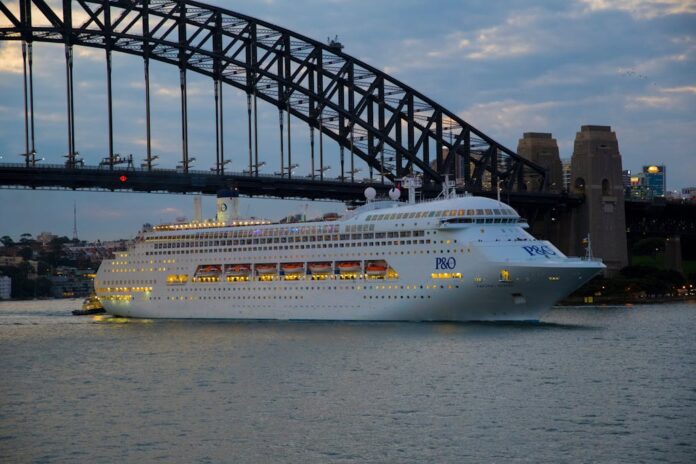Planning a cruise vacation often involves coordinating not just the cruise itself, but also arranging airfare to reach the embarkation port. Navigating the complexities of booking both cruises and airfare can seem daunting, but with careful planning and strategic tips, you can ensure a seamless travel experience from start to finish. In this guide, we’ll explore some essential tips for effectively managing cruises and airfare to make your travel planning process as smooth as possible.
1. Book Early for the Best Deals
Both cruises and airfare tend to have better prices when booked in advance. Airlines typically release their flight schedules and fares around 11 months before departure, so it’s advisable to start monitoring prices early and book as soon as you find a favorable rate. Similarly, cruise lines often offer early booking discounts and promotions, so booking your cruise several months in advance can lead to significant savings.
2. Consider Package Deals
Many cruise lines offer package deals that include both the cruise fare and airfare, which can sometimes result in savings compared to booking each component separately. These package deals often come with additional perks, such as pre-cruise hotel stays, transportation to and from the airport, or onboard credits. Be sure to compare package deals with standalone airfare and cruise options to determine which offers the best value for your travel needs.
3. Be Flexible with Travel Dates
Flexibility with travel dates can often lead to substantial savings on both cruises and airfare. Consider traveling during the shoulder season or off-peak times when demand is lower and prices are more competitive. Additionally, being open to alternative departure or arrival airports can sometimes result in lower airfare prices, especially if you’re willing to drive a bit further to reach your destination.
4. Look for Fly-Cruise Packages
Some cruise lines offer fly-cruise packages that include airfare as part of the overall cruise package. These packages typically include round-trip airfare from select departure cities to the cruise port, as well as transfers between the airport and the cruise terminal. Fly-cruise packages can offer convenience and peace of mind, as the cruise line handles all aspects of travel logistics from start to finish.
5. Consider One-Way vs. Round-Trip Flights
Depending on your cruise itinerary, you may have the option to book either round-trip or one-way flights. In some cases, booking one-way flights can be more cost-effective, especially if you’re traveling between different embarkation and disembarkation ports. Be sure to compare prices for both round-trip and one-way flights to determine which option offers the best value for your specific cruise itinerary.
6. Factor in Transportation Costs
When comparing airfare prices, be sure to factor in transportation costs to and from the airport. Consider whether you’ll need to pay for parking at the airport, take a taxi or rideshare service, or arrange for airport shuttle service. Additionally, if your cruise port is located a significant distance from the airport, you may need to budget for transportation between the airport and the cruise terminal.
7. Protect Your Investment with Travel Insurance
Finally, consider purchasing travel insurance to protect your investment in both your cruise and airfare. Travel insurance can provide coverage for trip cancellation or interruption, trip delays, baggage loss or delay, and medical emergencies while traveling. Be sure to read the policy terms and conditions carefully to understand what is covered and any exclusions that may apply.
By following these tips and strategies, you can effectively navigate the complexities of booking both cruises and airfare, ensuring a seamless and stress-free travel planning experience. Whether you’re embarking on a tropical cruise to the Caribbean or a scenic voyage to Alaska, careful planning and attention to detail will help you make the most of your cruise vacation from start to finish.

